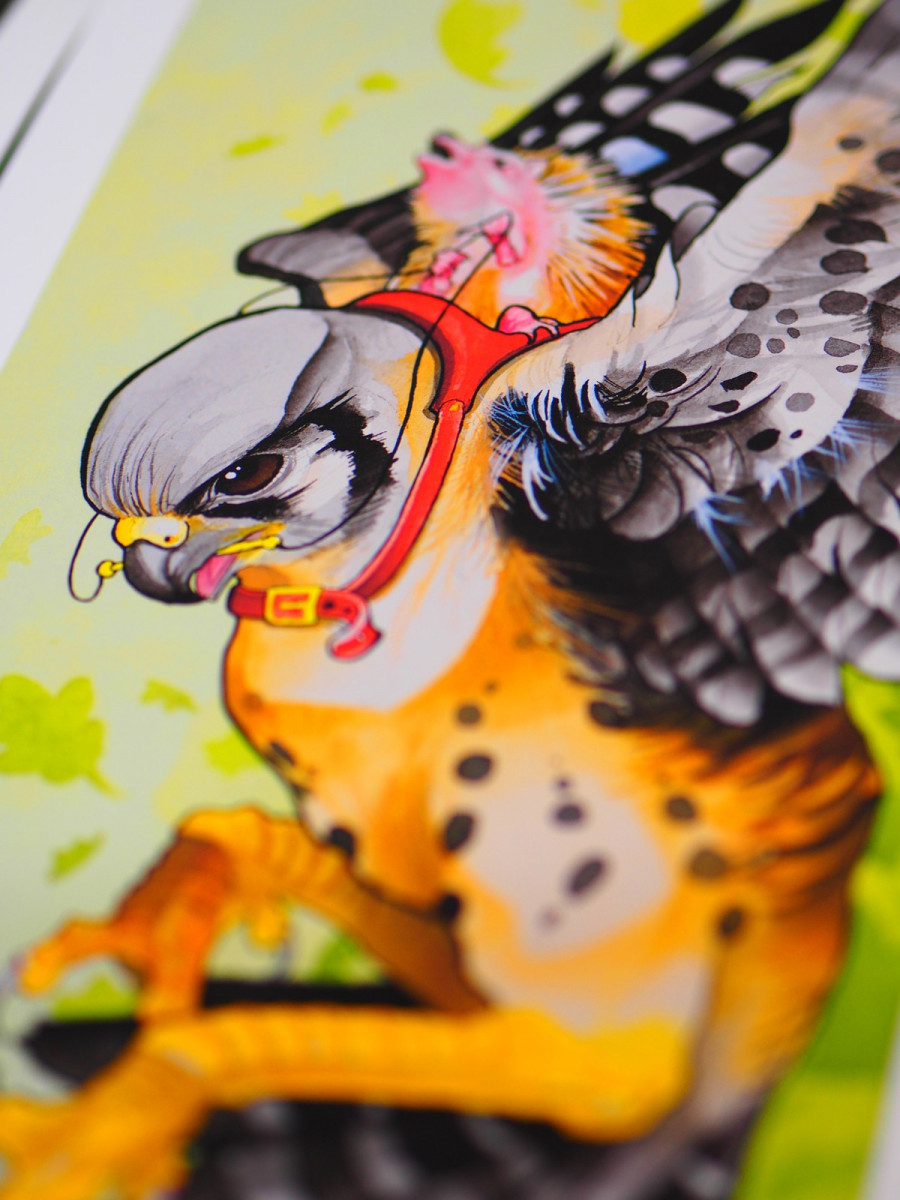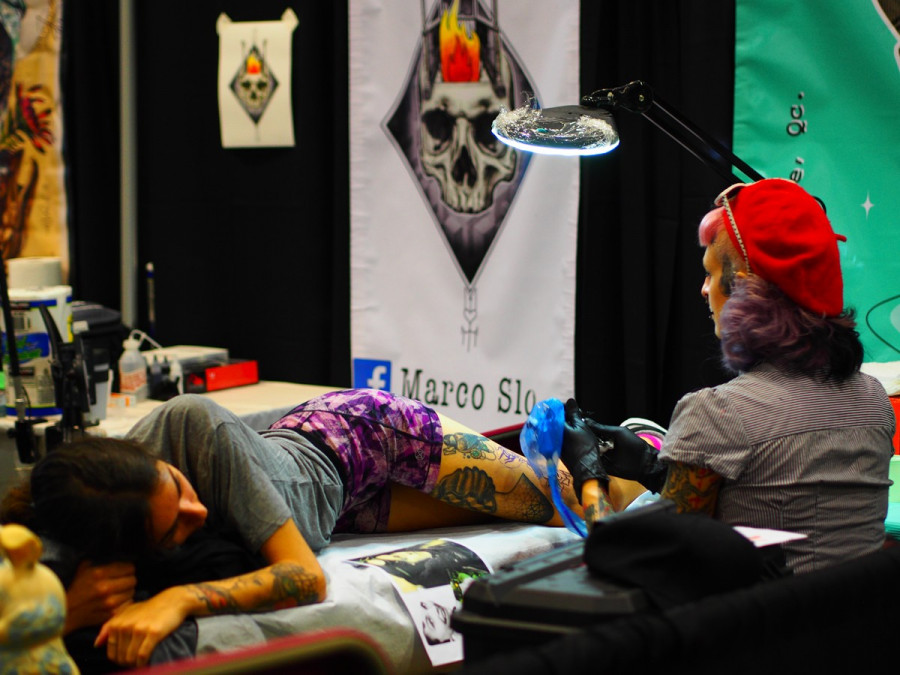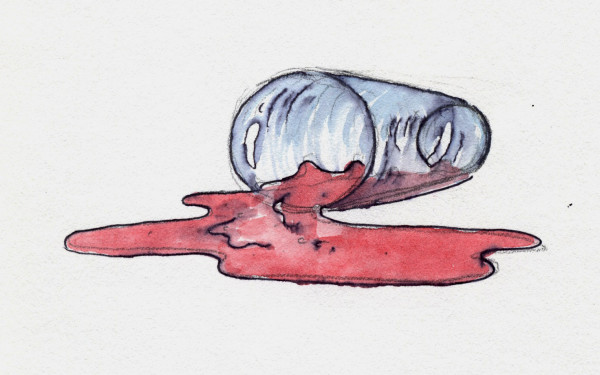#MTLTATTOO
How Social Media Breaks the Industry It Makes: a Tale From the Montreal Art Tattoo Show
Mike Mendes is a craftsman, but his toolbox holds no hammers; he wears a blacksmith apron even though he works with ink. His creations won’t please everyone, nor will they ever hang in a museum. Yet his work will last a lifetime—albeit on someone’s skin.
Mike Mendes is a tattoo artist.
On Friday evening, the 30-year-old Toronto-native artisan arrived in Montreal and went straight to Place Bonaventure, where the Montreal Art Tattoo Show was taking place from Sept. 9 to 11. While it was his first time tattooing in Montreal, Mendes was already fully booked.
“I didn’t even really announce that I was coming. I posted one or two things on Instagram—that’s all I had to do,” he said. “A day or two later, I was fully booked.”
A tattoo artist for the past eight years, Mendes recalled when he first got inked at 16, and how the culture has changed since then.
“It was kind of a nerve-wracking thing going into a tattoo shop—a bit daunting,” he explained. “Nowadays, you can just hop on your phone and look on Instagram and see what’s goin comfortable that way.”

While social media has continued to make people increasingly at ease with tattoos by virtually inviting them into shops, it has also made it easier for people to steal artists’ work, said Mendes. “I’ve had so many designs ripped off. People just take photos off Instagram and take it to their tattooer and get it done for cheaper.”
Pierre Chaplan, a tattoo artist himself and the organizer of this year’s Montreal Art Tattoo Show, said ripping off designs is a part of tattoo history and the scene today is no different.
“I think tattooing has always stolen everything,” he said. “We copied people because we were inspired. I don’t think that’s a problem; it might be a compliment after all.” Chaplan gave the example of how Japanese tattoo artists today repeat original designs by Hokusai and Kyōsai—two artists from Japan’s Edo Period.
This was Chaplan’s fourteenth year organizing the three-day event. Since the rise of social media, he has seen the show’s attendance grow from 3,000 visitors per year to 10,000—and the number of guest artists has increased to over 250.
“Social media has made a huge difference. We posted a video on Facebook and we had over 2,000 shares and over 100,000 views without sponsoring or anything,” Chaplan said. Today, people are even using social media to book their tattoo timeslots in advance, he added.
But even as social media has helped grow the show’s attendance numbers, it can also hurt the celebrated art form, according to Chaplan.
“Tattooing is something very precious to me and a lot of people, and social media opens a huge door where anybody now thinks they can do it—and they can,” he reasoned. “So the good side is you get new talents and new styles, but the bad side of it is: ‘Is it going to become less precious at some point?’”
Mendes agreed that social media has opened a door for backyard tattooists to enter the industry, and he said a lot of them can “cheapen the experience” of getting a tattoo.
“Is it going to become less precious at some point?”— Pierre Chaplan, tattoo artist and event organizer
“A lot of people who don’t really respect the tradition of tattooing are getting into it,” he said, explaining that those who are copying designs or buying kits off eBay and doing stuff out of their basements aren’t concerned about the practice. “I’m all for fun DIY stuff, but you have to know what you’re doing,” he said.
At the show on Friday night, 33-year-old Fan-Yee Suen stood across from Mendes’ stall, waiting for her turn to get tattooed. She made the trip all the way from Toronto to see the show and to get a tattoo from one of Mendes’ colleagues, Caroline Tattersall.
Suen, who is a media professional, said social media today has made tattoos “not only more accessible, but socially acceptable as well.”
“You see them everywhere and it becomes commonplace—it no longer becomes a taboo,” she explained. “Today, everybody from their 19-year-old daughter to their mother is getting one.”





2web_600_375_90_s_c1.jpg)
1web_600_375_90_s_c1.jpg)